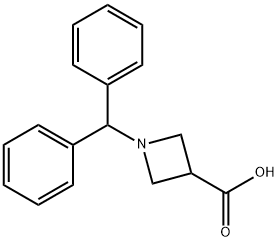2-Amino-3-fluorobenzoic acid(CAS# 825-22-9)
| Risk Codes | R36/37/38 – Irritating to eyes, respiratory system and skin. R22 – Harmful if swallowed |
| Safety Description | S26 – In case of contact with eyes, rinse immediately with plenty of water and seek medical advice. S36/37/39 – Wear suitable protective clothing, gloves and eye/face protection. S24/25 – Avoid contact with skin and eyes. |
| HS Code | 29223990 |
| Hazard Class | IRRITANT |
Introduction
2-Amino-3-fluorobenzoic acid is an organic compound also known as 2-amino-3-fluoroacetic acid. The following is an introduction to its nature, use, preparation method and safety information:
Quality:
2-Amino-3-fluorobenzoic acid is a white crystal or crystalline powder with a special aroma of benzoic acid. It is stable at room temperature but decomposes at high temperatures. The compound has low solubility in water but has some solubility in organic solvents.
Uses: It can also be applied to dye synthesis and preparation of dye intermediates.
Method:
The preparation of 2-amino-3-fluorobenzoic acid is usually achieved by chemical reaction. A commonly used preparation method is to react benzoyl chloride with ammonia and hydrogen fluoride to obtain 2-amino-3-fluorobenzoic acid.
Safety Information:
2-Amino-3-fluorobenzoic acid is generally relatively safe under conditions of proper use and storage. It is a corrosive compound that can cause irritation and damage to the eyes, skin, and respiratory system. When handling this compound, appropriate protective equipment such as gloves, goggles, and protective clothing should be worn. Be sure to operate in a well-ventilated area and avoid inhaling vapours or dust. Strict compliance with relevant safety guidelines and regulatory requirements during use and storage.


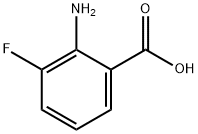
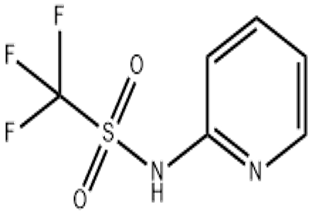
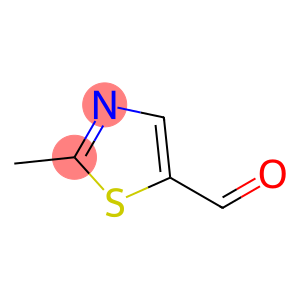
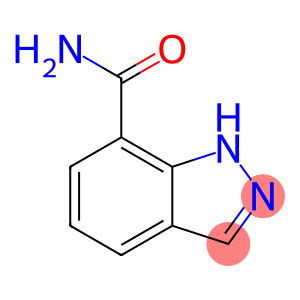

![6-[(4-Methylphenyl)Amino]-2-Naphthalenesulfonic acid (CAS# 7724-15-4)](https://www.xinchem.com/uploads/64MethylphenylAmino2Naphthalenesulfonicacid.png)
